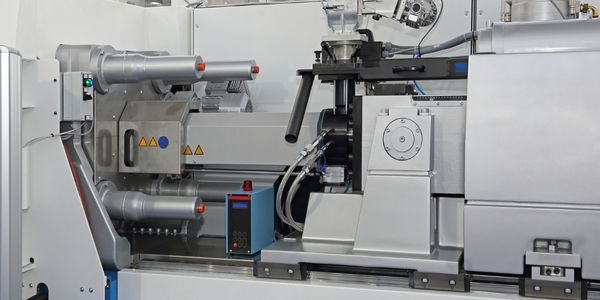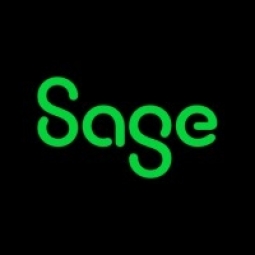下载PDF
Avon Rubber finds maximum Flexibility in Sage ERP X3
技术
- 应用基础设施与中间件 - 数据交换与集成
适用功能
- 离散制造
- 质量保证
用例
- 自动化制造系统
- 质量预测分析
服务
- 系统集成
- 培训
挑战
Avon Rubber 公司使用八个独立的报告应用程序来收集、分析和分发其业务数据。员工很难学习和使用这些应用程序,从而给公司的资源带来了沉重的负担。员工无法快速访问执行任务所需的数据,管理层也无法根据数据做出更好、更明智的业务决策。
关于客户
位于伦敦西部的 Avon Rubber plc 总部位于伦敦西部,这家拥有 125 年历史的企业在全球拥有 20 多个业务部门和员工。其最引人注目的部门之一是 Avon Protection,该公司生产供军队、执法部门、消防部门和工业组织使用的呼吸设备。Avon Rubber 拥有多元化的国际业务、数十个实体地点和大量分散的员工队伍,因此需要其企业资源规划 (ERP) 解决方案高效且智能地工作。
解决方案
带有 Sage Enterprise Intelligence 的 Sage ERP X3 提供了功能强大的基于 Web 的报告解决方案,该解决方案易于学习和使用。该公司同时实施了这两种解决方案。一个强大的报告引擎取代了八个独立的程序。该软件的调度功能允许员工及其经理安排以指定频率自动发送的报告菜单,将信息放在需要的地方和需要的时间。
运营影响
数量效益
相关案例.

Case Study
Plastic Spoons Case study: Injection Moulding
In order to meet customer expectations by supplying a wide variety of packaging units, from 36 to 1000 spoons per package, a new production and packaging line needed to be built. DeSter wanted to achieve higher production capacity, lower cycle time and a high degree of operator friendliness with this new production line.

Case Study
Robot Saves Money and Time for US Custom Molding Company
Injection Technology (Itech) is a custom molder for a variety of clients that require precision plastic parts for such products as electric meter covers, dental appliance cases and spools. With 95 employees operating 23 molding machines in a 30,000 square foot plant, Itech wanted to reduce man hours and increase efficiency.

Case Study
Fully Automated Visual Inspection System
Tofflon has developed a fully automatic machine that uses light to inspect vials, medicine bottles, or infusion containers for glass fragments, aluminum particles, rubber grains, hairs, fibers, or other contaminants. It also detects damaged containers with cracks or inclusions (microscopic imperfections), automatically removing faulty or contaminated products. In order to cover all production processes for freeze-dried pharmaceuticals, Tofflon needed to create an open, consistent, and module-based automation concept.

Case Study
IoT Data Analytics Case Study - Packaging Films Manufacturer
The company manufactures packaging films on made to order or configure to order basis. Every order has a different set of requirements from the product characteristics perspective and hence requires machine’s settings to be adjusted accordingly. If the film quality does not meet the required standards, the degraded quality impacts customer delivery causes customer dissatisfaction and results in lower margins. The biggest challenge was to identify the real root cause and devise a remedy for that.

Case Study
SAP Leonardo Enabling Rocket Science
At times, ULA has as many as 15 different operating systems dedicated to overlapping processes, such as rocket design, testing, and launch. Multiple systems created unnecessary costs and unwanted confusion among workers at offices, factories, and launch sites in different location. In order to improve collaboration and transparency during vital activities that directly influence mission success, ULA wanted to improve data sharing and streamline manufacturing processes.

Case Study
IIC Smart Manufacturing Connectivity for Brown-field Sensors
The discrete manufacturing domain is characterized by a strictly hierarchical structure of the automation systems, commonly referred to as the automation pyramid. Data acquired by a sensor typically flows through an IO-module into a Programmable Logic Controller (PLC) which manages the local real-time control system. As all process data are concentrated in the PLC, re-programming the PLC and thus, implementing interfaces to access these data appear to be the natural choice to transfer them to the IT system. However, for brownfield installations this choice has proven impracticable for the following two reasons:In brownfield facilities, PLC usually operate within a once-specified environment and are rarely re-programmed. That is why the active staff is often not familiar with the code and lacks of the competence to modify the existing implementation in a reasonable amount of time.Furthermore, for cost reasons, any PLC was selected to exactly match the requirements of the environment within which it was intended to operate. That is why it cannot be assumed that a PLC will be able to support additional tasks such as communicating data through additional interfaces.





